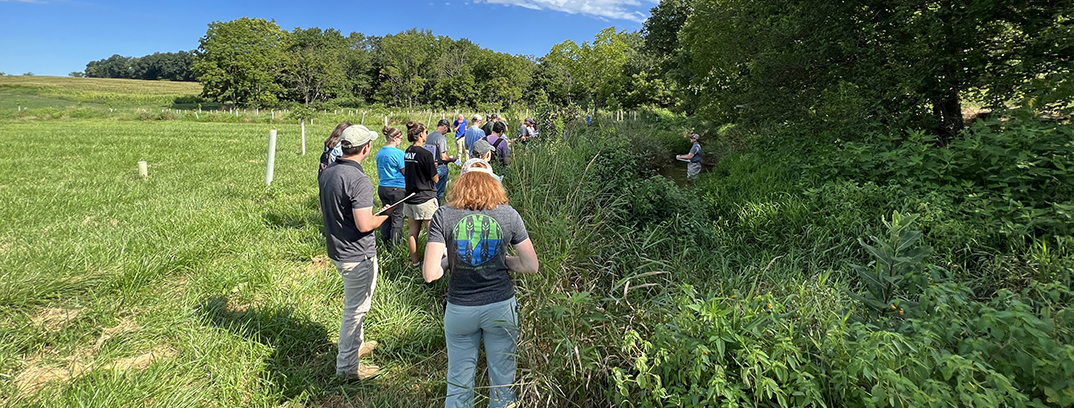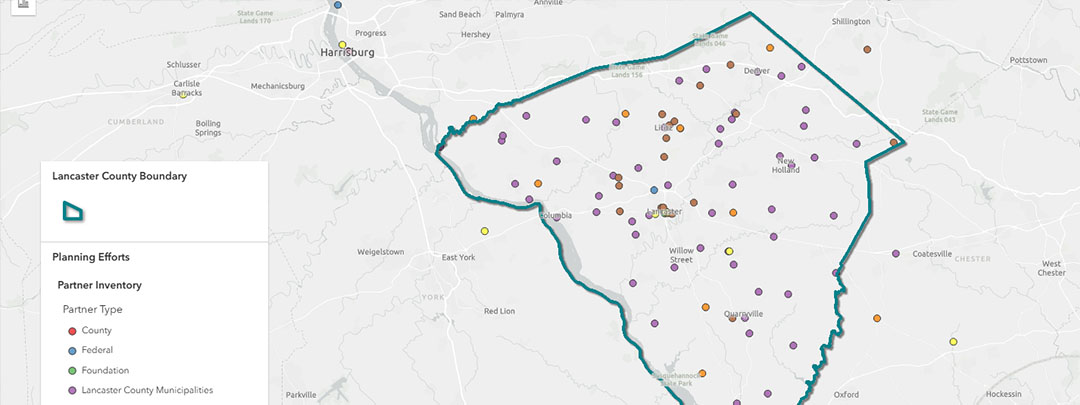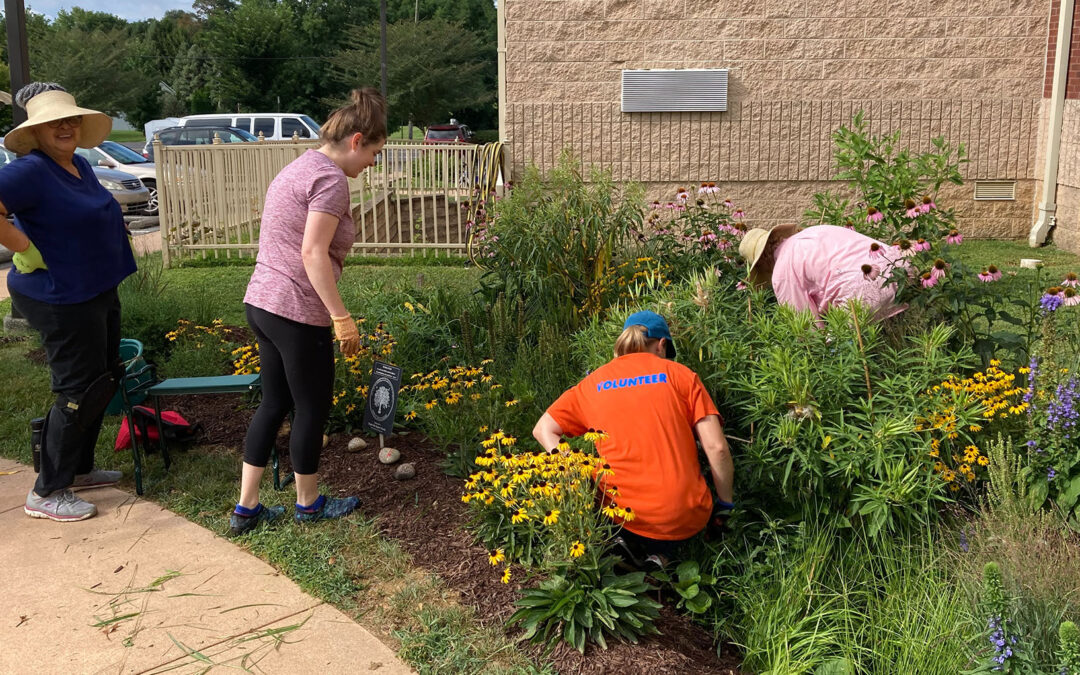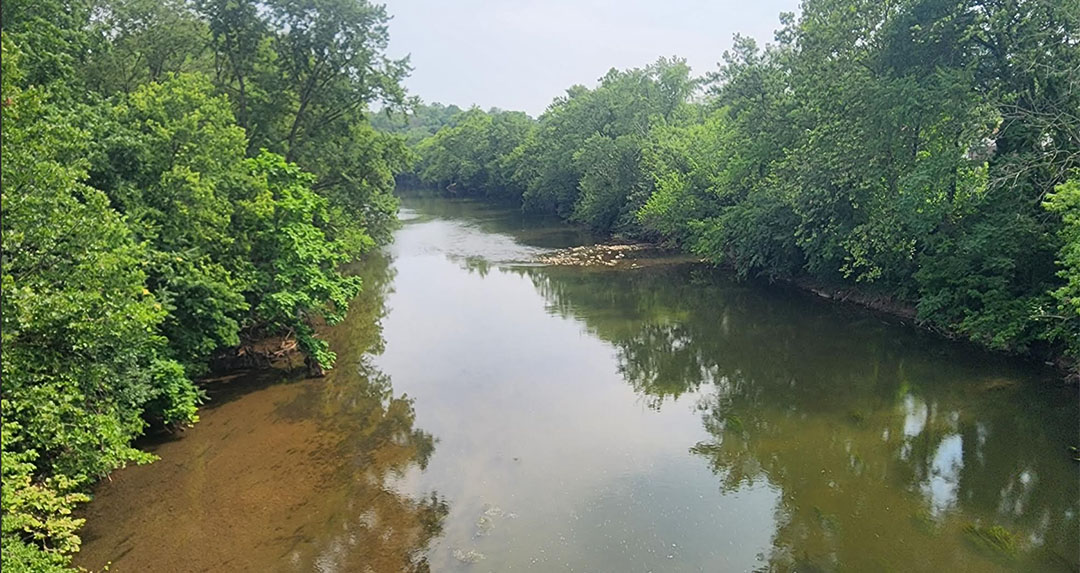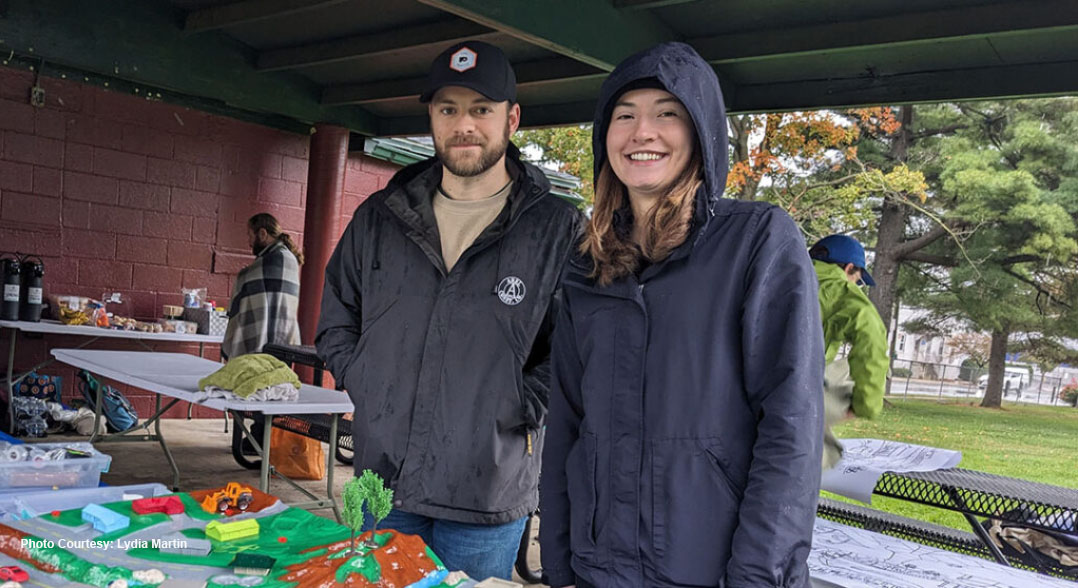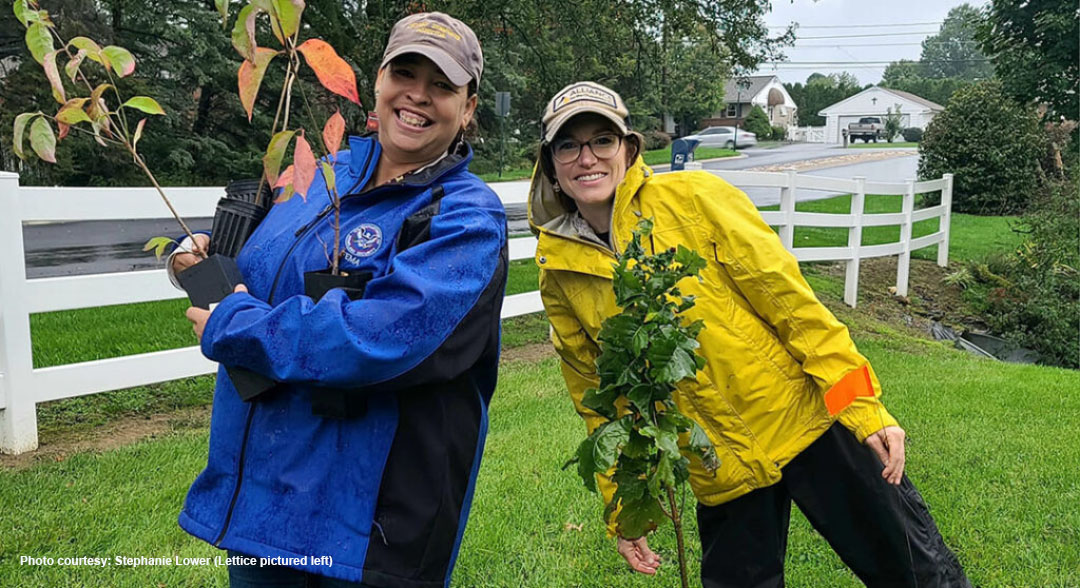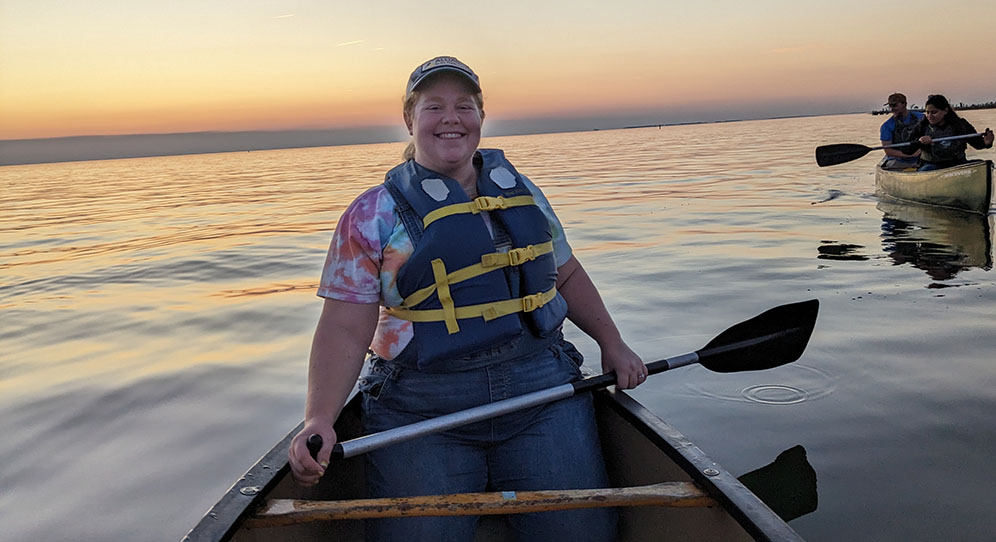New Watershed Website Makes Improving Lancaster’s Waterways Easy

Discover Local Stream Restoration Resources, Data, and Events on the Lancaster County Conservation District’s Updated Website
The Lancaster County Conservation District (LCCD) has recently developed a Watershed website, a comprehensive platform that provides easy access to local resources aimed at improving the water quality in Lancaster’s waterways. The development of the website was made possible through the expertise of Matt Kofroth, along with the valuable contributions of Noelle Oliver, Tyler Keefer, and Amanda Goldsmith, esteemed technical leaders who played a crucial role in shaping the website’s content and development.
The website is packed with helpful features, including case studies, information about local watersheds, a Google map to find conservation projects near you, videos and training resources on local water resources, and a wealth of other resources related to watershed conservation. It’s a one-stop shop for anyone looking to learn more about the importance of watersheds and their value to our communities. Plus, visitors are encouraged to share the resources with others, so everyone can get involved in improving our water resources.
Some notable features of the website include a Water Quality monitoring tab, which highlights volunteer efforts and agencies that are sampling Lancaster County Watersheds, and a Story Map that showcases the monitoring efforts in Lancaster County. Additionally, to raise awareness of the state of water quality in the county, LCCD has compiled data from various sources, capturing common trends, which will be frequently updated to provide the most current information. The website also has an events page that lists upcoming watershed conservation events, from tree plantings to educational expos to stream cleanups and more, making it an ideal resource for anyone interested in improving local and national water resources.
As a veteran in the watershed and conservation efforts in Lancaster County, Matt Kofroth has observed the rise and fall of active volunteers and groups throughout the years. However, he believes that the current push for grassroots conservation differs from past efforts.
“The awareness has changed, and we now have more people who are interested in, and care about their natural environment. There’s a big push to get more grassroots conservation efforts established. In the past, we didn’t have big collaborative cross-sector projects, like the “The Little Conestoga Creek Blue-Green Corridor Project” and there were no grassroots efforts on specific streams. But now, we have the opportunity to create a network of volunteers and educational resources to promote the value and importance of water resources. With more information and outreach, we can involve more people in this work and make a real difference in preserving and protecting our streams and environment”
Lancaster County Conservation District and its partners form the foundation of the website’s collaborative approach. Recognizing the complexity of watersheds as interconnected systems, the Lancaster Clean Water Partners (the Partners) and their affiliate members aim to expedite progress toward common CAP goals. By fostering better decision-making, increasing accountability, and sustaining engagement, the partnership seeks to achieve cleaner water in Lancaster County. To foster a collaborative commitment towards preserving our natural environment, LCCD and the Partners encourage conservation organizations, businesses, and municipalities actively engaged in the restoration of Lancaster County’s waterways to share resources. As a collaborative hub, the website aims to highlight the vital role of volunteers in the restoration and sustainable management of our community’s waterways.
While the website’s data does not encompass a complete representation of all the projects completed over the years, each project contributes significantly to the goal of cleaning Lancaster County’s waterways by 2040. To ensure a comprehensive narrative of water quality in the county, committed volunteers and organizations engaged in stream restoration are invited to participate by submitting their projects, data, and their time. This collaborative effort will enrich the available information and strengthen the collective impact of conservation endeavors.
Join us in creating a network of dedicated volunteers and organizations committed to preserving and protecting Lancaster County through collaboration, education, and engagement. Together, we can make a difference!


